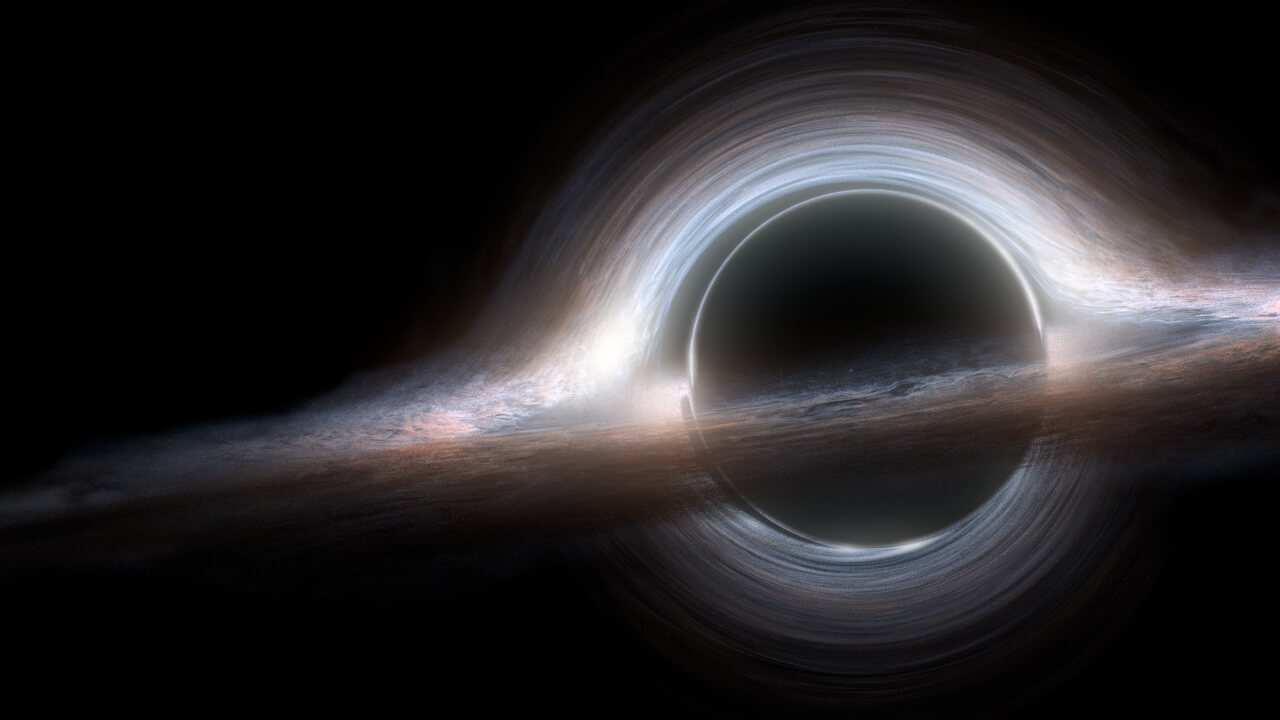
A team of astronomers from Massachusetts Institute of technology have discovered the most distant from our planet supermassive black hole. It is located in the center of the bright quasar, the light from which reached Earth after 13 billion years. So you can estimate this time interval, we say simply: this is the approximate age of our Universe. The black hole mass exceeds the Sun in 800 million times and is of great interest to science, as it refers to the early period after origination of the Universe. In addition, its very existence causes the researchers have a number of interesting issues.
“This is the only object that we can observe from that era. The black hole mass is extremely high, and given that the universe is quite young, it simply should not exist. This mass black hole could not be achieved in such a short period of time. And this is really baffling us,” says MIT Professor of physics Robert Simcoe.
More questions is the environment in which was formed a black hole. Scientists agreed that the hole appeared in the moment when the universe has undergone a fundamental shift – moving from an opaque environment, which was dominated by neutral hydrogen, the one in which began to appear the first stars. As the formation of a large number of stars and galaxies, they began to generate a sufficient amount of radiation for the transition of hydrogen from neutral state to ionized. Discovered a black hole existed in the environment that were half neutral and half – ionized.
Anomalous black hole was discovered by astronomer Eduardo Banados, stumbled on it during a survey maps distant universe. In particular, Eduardo investigated quasars are among the brightest astronomical objects, supermassive black holes surrounded by bright accretion disks consisting of matter. For their study, the researchers used a tool called FIRE (Folded-port InfraRed Echellette) is a spectrometer that classifies objects based on their infrared spectrum. The instrument was developed with the participation of the Professor Robert Simcoe, and today he operates a 6.5-meter Giant Magellan telescope, located in Chile.
With FIRE, scientists have calculated the age of one of the quasars, and found that it started to emit light after only 690 million years after the Big Bang. Based on the “redshift” of the quasar, the researchers were also able to calculate the mass of the black hole in the center. This discovery and they generated questions once again suggests the idea that in the Universe there is still a lot of mysteries, which scientists have to wrestle with tens or even hundreds of years. The results of this study were published in the journal Nature.
Astronomers have discovered an anomalous black hole
Sergey Grey